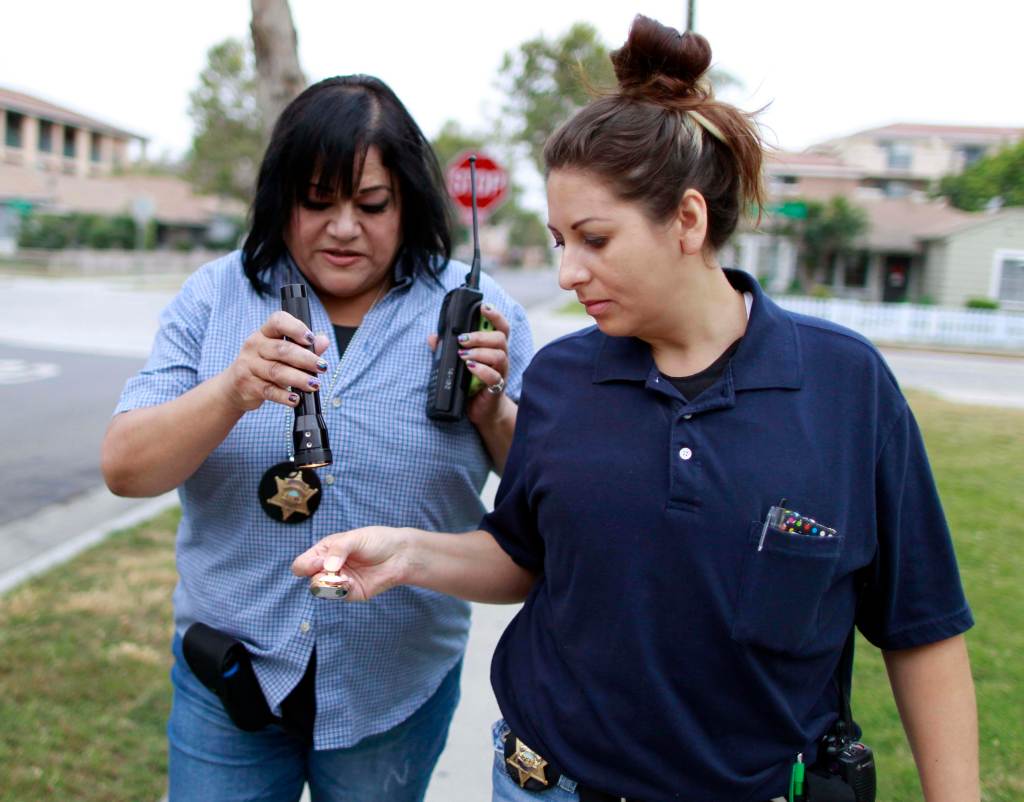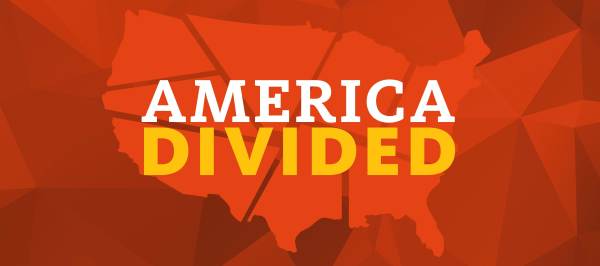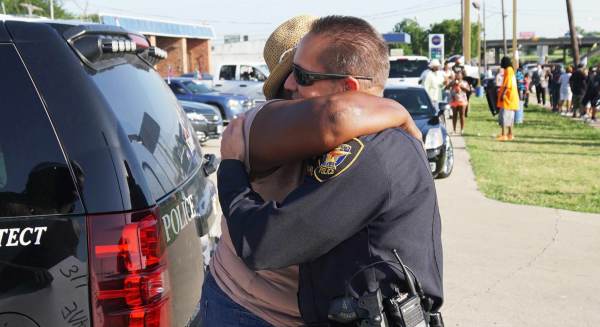
Last fall, voters in California, Nevada, Maine, and Massachusetts approved initiatives legalizing the recreational use of marijuana. Today, even as the Trump administration emphasizes “law and order” and has signaled support for amplifying federal drug prosecutions and cracking down on marijuana, the public’s view of the criminal justice system has evolved significantly. The fact that nearly half the United States has now legalized marijuana in some form reflects a growing recognition that the “War on Drugs” and “tough on crime” policies are costly, destructive, and ineffective. Americans of all stripes are calling for a more sensible approach.
How the War on Drugs criminalized communities of color
Over the past five decades, the US has spent nearly $1 trillion fighting a War on Drugs that has disproportionately targeted, prosecuted, and incarcerated people of color, despite similar rates of usage and selling across racial lines.
Black people are approximately four times more likely to be arrested for marijuana possession than are white people—a disparity that increased 32.7 percent between 2001 and 2010—with far more severe penalties. According to the US Sentencing Commission, for similar crimes, black people receive federal sentences that are almost 20 percent longer than those of white people. As a result, almost 80 percent of people in the federal prison system and 60 percent of those incarcerated at the state level on drug offenses are black or Latino.
These disparities in arrest and prosecution have long-term repercussions. Even after serving time, a drug conviction can impact a person’s efforts to rebuild his or her life: restricting a person’s employment and business opportunities; civic participation and voting rights; and access to student loans, housing, contracting, and other government benefits.
Toward a more humane drug policy
Yet the drug war has failed to curb overdoses, which have reached alarming heights: Every year, overdoses kill nearly 44,000 Americans. Today, America is reeling from the impact of the opioid epidemic, which has primarily hit white communities and rural and suburban areas. As the face of drug use has changed, we have begun to see a marked shift in the government’s response. Instead of meeting drug use and addiction solely with punishment and aggressive policing, communities and police are beginning to embrace interventions that are rooted in public health. Suburban and rural families are advocating for reforms that treat addiction as a health issue, requiring treatment instead of punishment.
Officials at all levels—from local law enforcement to federal lawmakers—have begun waking up to these realities. In the past few years, the federal government has expanded budget allocations for prevention and treatment. Voices in law enforcement are calling for more humane approaches to drug crimes. A former police chief in Gloucester, Massachusetts, who implemented a treatment program for drug offenders in 2015 remarked that the effort “is about a community’s journey helping one another, a humanitarian effort that they wanted their Police Department to reflect.” At the national level, Michael Botticelli, who served as director of National Drug Control Policy under President Barack Obama, explained, “Locking people up for minor drug offenses, and especially people with substance-use disorders, is not the answer. It’s cruel. It’s costly. And it doesn’t make the public any safer.”
This is a dramatic departure from the dehumanizing rhetoric and punitive policies that defined the War on Drugs and the tough-on-crime era. Many observers have pointed out that there was less interest in concern and compassion during the crack epidemic, when society perceived drug use as an issue that predominantly impacted communities of color, low-income neighborhoods, and urban areas—and when bias and misguided fears of “superpredators” and gangs fueled a severe political response of stiff mandatory minimums; longer, more onerous sentences; and excessive collateral consequences. Nonetheless, a compassionate public health frame is both necessary and long overdue.
From perception shift to policy change
The Ford Foundation has long supported efforts to shift the justice system’s focus from punishment to public health. With support from Ford and others, the Public Defender Association in Seattle piloted a program called Law Enforcement Assisted Diversion (LEAD), which enlists local police to divert low-level drug offenders to treatment instead of arrest and prosecution. Based on principles of harm reduction, the initiative represents a unique collaboration between police, prosecutors, public defenders, civil rights advocates, and service providers to address substance use without criminalizing people and hampering their recovery. An evaluation of the program shows that participants had a 58 percent lower rate of reoffending than did a control group. Since its inception in 2011 in Seattle, nearly a dozen major cities have launched their own LEAD programs, with another 40 jurisdictions across the country exploring or developing the concept.
Interventions like LEAD are important in reducing both drug abuse and inequality. And that’s a lesson of the War on Drugs: When it comes to dealing with complicated social problems, the justice system is a blunt and often harsh tool. A more level-headed, humane approach is good for individuals and public safety.


